Many bowls of rice and bottles of beer have disappeared over the past decade, lamenting Vietnam’s loss of heritage architecture. Those conversations have tended to focus on the loss of French colonial buildings - especially in Saigon.
There’s less awareness of the damage being done to the work of Vietnam’s indigenous architects. From centuries old temples in Hanoi’s old quarter, to royal residences and palaces in the former capital Hue, indigenous heritage is also suffering from neglect, poor development decisions, and heavy handed restoration.
It’s a cultural revolution of sorts and Vietnamese culture is paying a high price.
There’s another era of local architecture under threat. And it barely rates a mention. It’s the three decade long experiment with modern buildings that began in the 1950s in the former Republic of Vietnam (South Vietnam). Despite being distinctively Vietnamese and visible everywhere in the south of the country, this whole architectural era flies almost completely below the radar. Few people seem to know much about it.
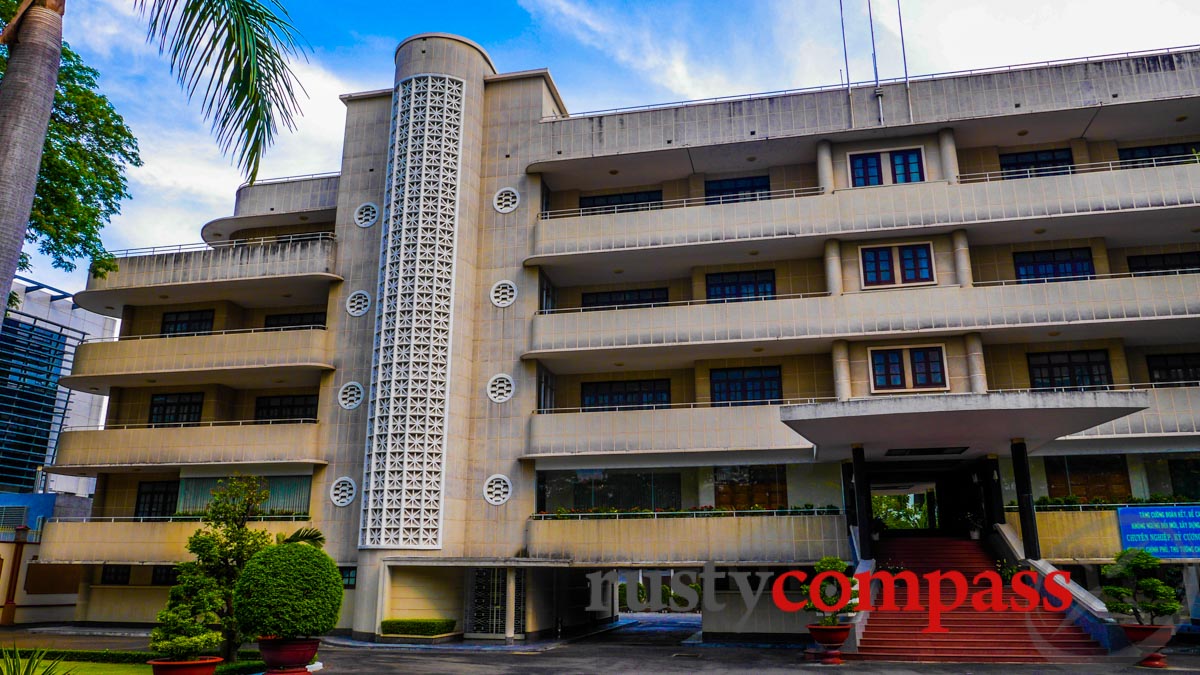
Photo: Mark Bowyer Modernism in Saigon
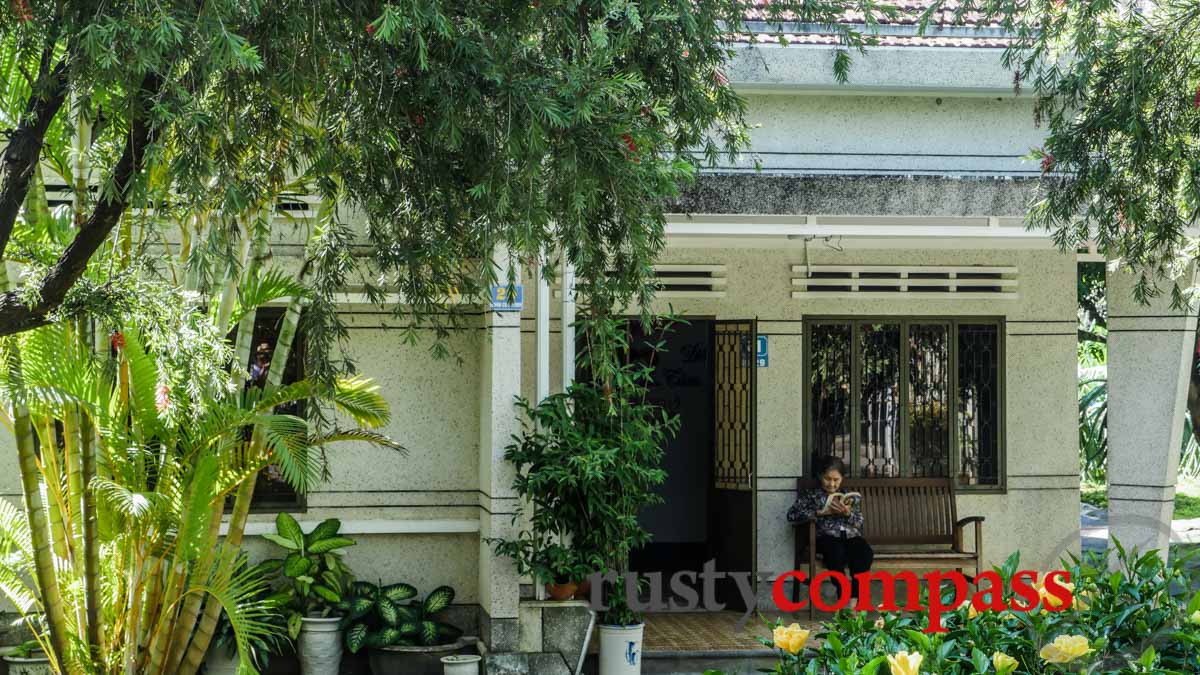
Photo: Mark Bowyer Cute little place in Kontum
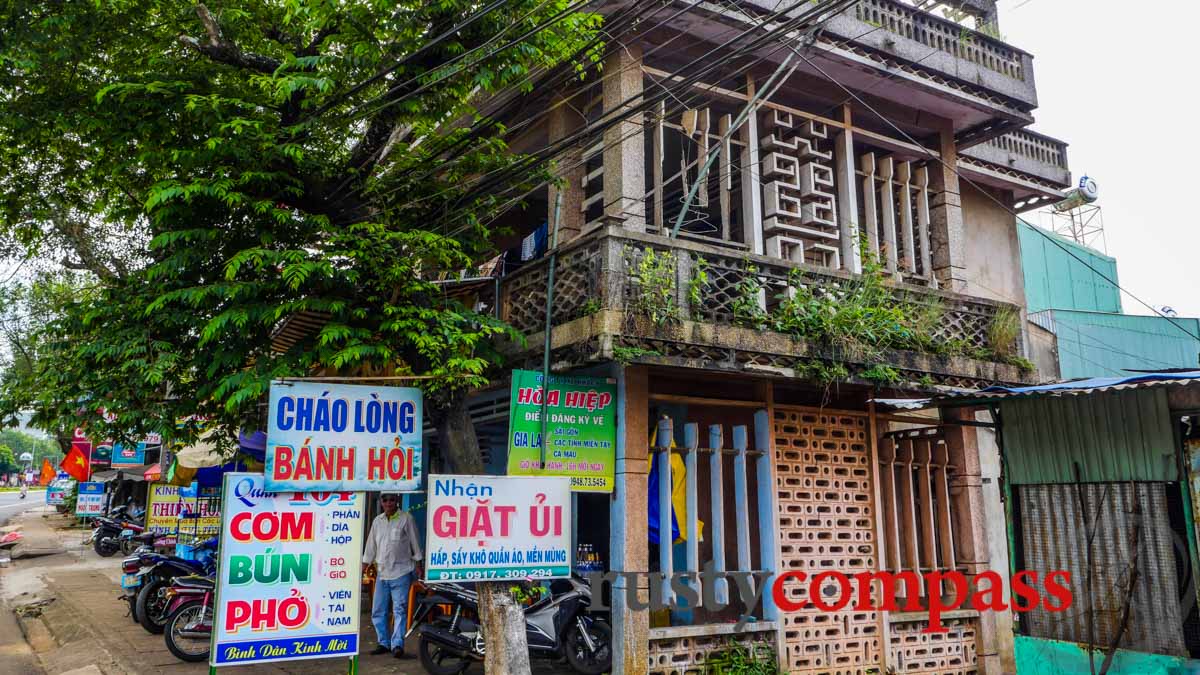
Photo: Mark Bowyer Modernism in remote Pleiku
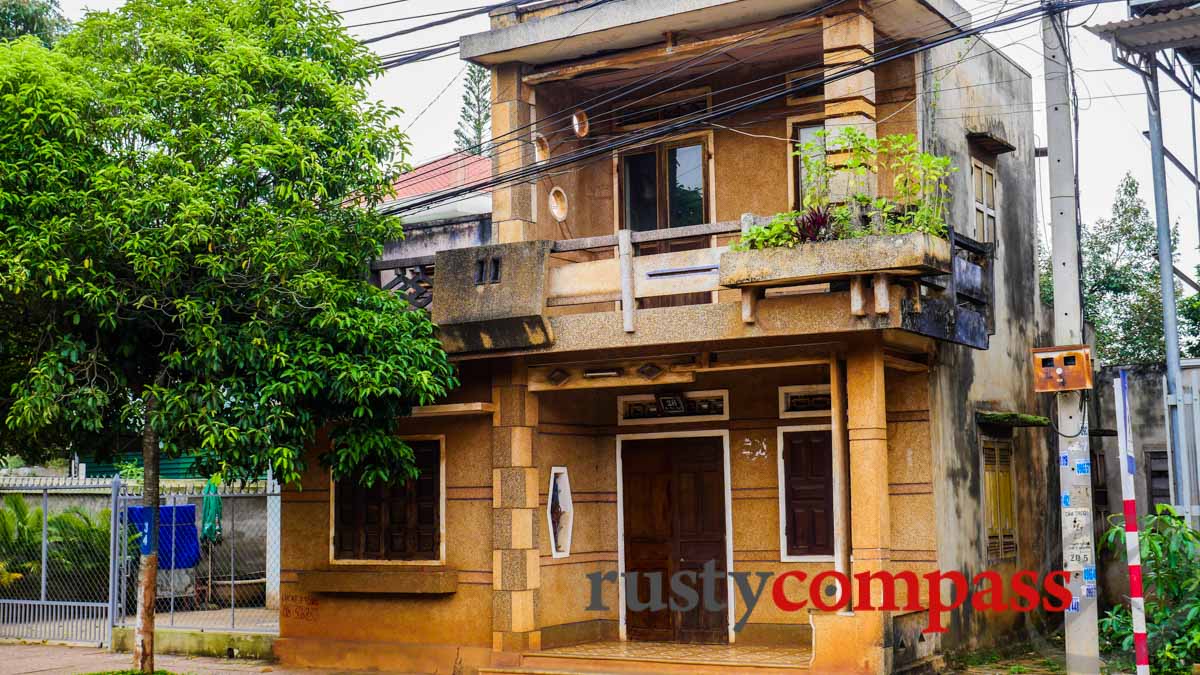
Photo: Mark Bowyer Modernism in remote Pleiku
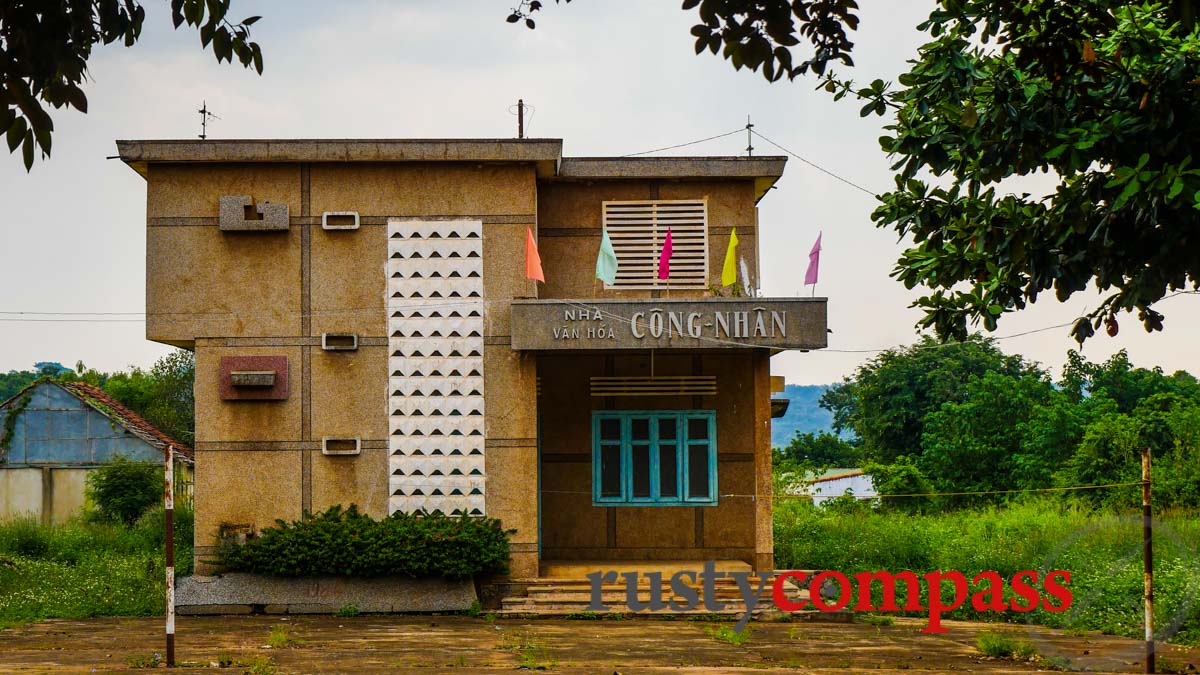
Photo: Mark Bowyer Near Buon Me Thuot, central highlands
It can be seen from the largest cities of the south, like Saigon, Danang and Hue, through to the tiniest coastal and highland towns. The buildings range in size from major government offices, universities and lavish homes, through to wonderful little country houses in the most obscure places.
I have to admit that my affection for these uniquely Vietnamese buildings took a little while to develop. But over the past decade, I’ve become besotted.
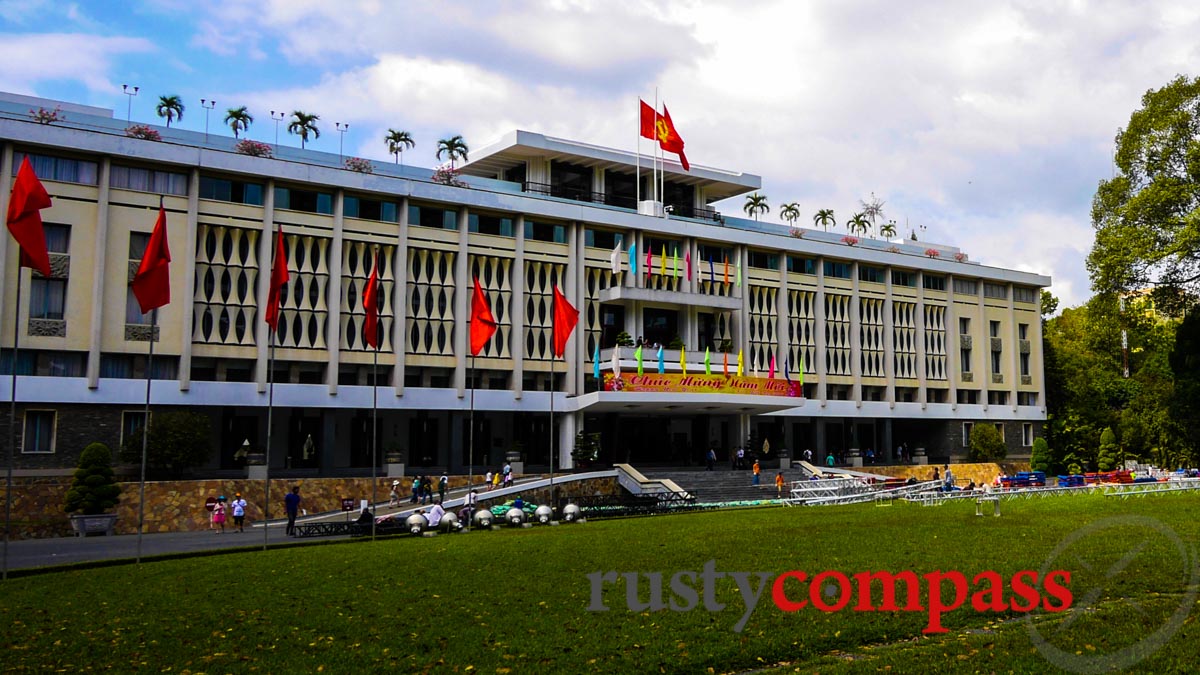
Photo: Mark Bowyer Ngo Viet Thu's former Presidential Palace
The only architect of the period with a modicum of popular recognition as far as I’m aware, is Ngo Viet Thu, the man behind the former Presidential Palace, now known as the Reunification Palace, (1966). Thu’s accomplishments won him international accolades including the Grand Prix de Rome in 1955. But most of us would struggle to name another architect of that period, despite our admiration for their work and its visibility all over the south of the country.
In the 90s. Saigon’s suburbs were filled with large, airy, angular homes that dated back to the 50s and 60s. They were very cool visually and practically in the Saigon heat - with air flow and high ceilings. Many have since disappeared.
Next door in Cambodia, a similar flourishing of homegrown modernism took place after independence from the French was achieved in the 50s. And as with Ngo Viet Thu in Vietnam, it had its origins in the Ecole des Beaux-Arts in Paris.
Led by legendary architect Vann Molyvann, these buildings are celebrated in Phnom Penh - even if, as with Vietnam, heritage is a low order consideration for city officials. It's known as the “New Khmer Architecture” and there’s a great local and international appreciation of its importance. Fascinating tours tell the city’s story referencing these wonderful buildings (see our recommended things to do in Phnom Penh for more).
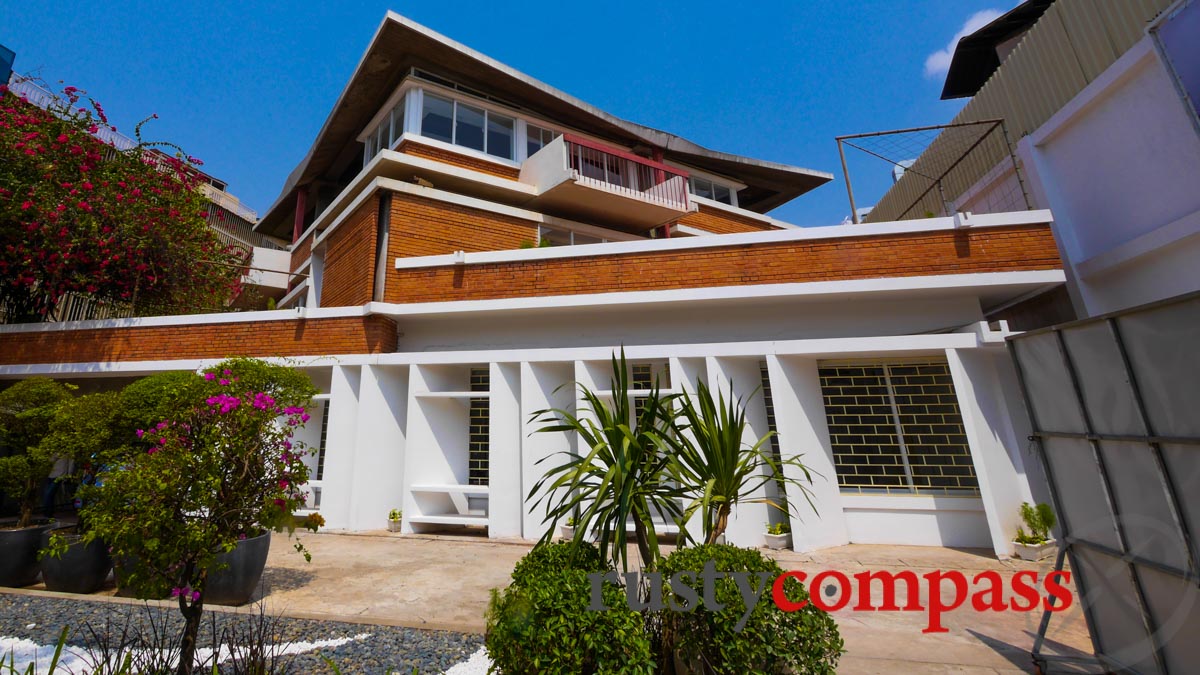
Photo: Mark Bowyer Vann Molyvann's former residence in Phnom Penh
But most visitors, and even residents of Saigon and the south, including those with an interest in architecture, know little of Vietnam’s mini-modernist flourishing. And my efforts to educate myself online haven’t pulled up much information either. Such a unique and ubiquitous feature of the Vietnam landscape really deserves more attention.

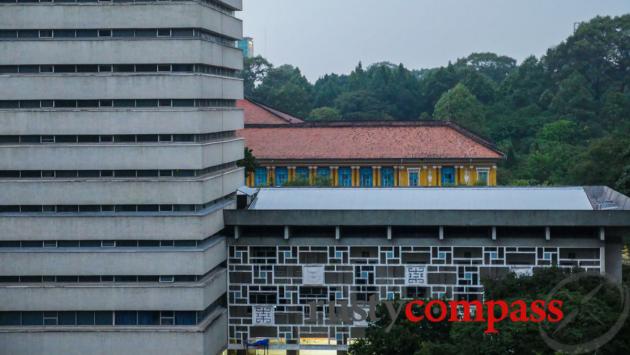



There are no comments yet.